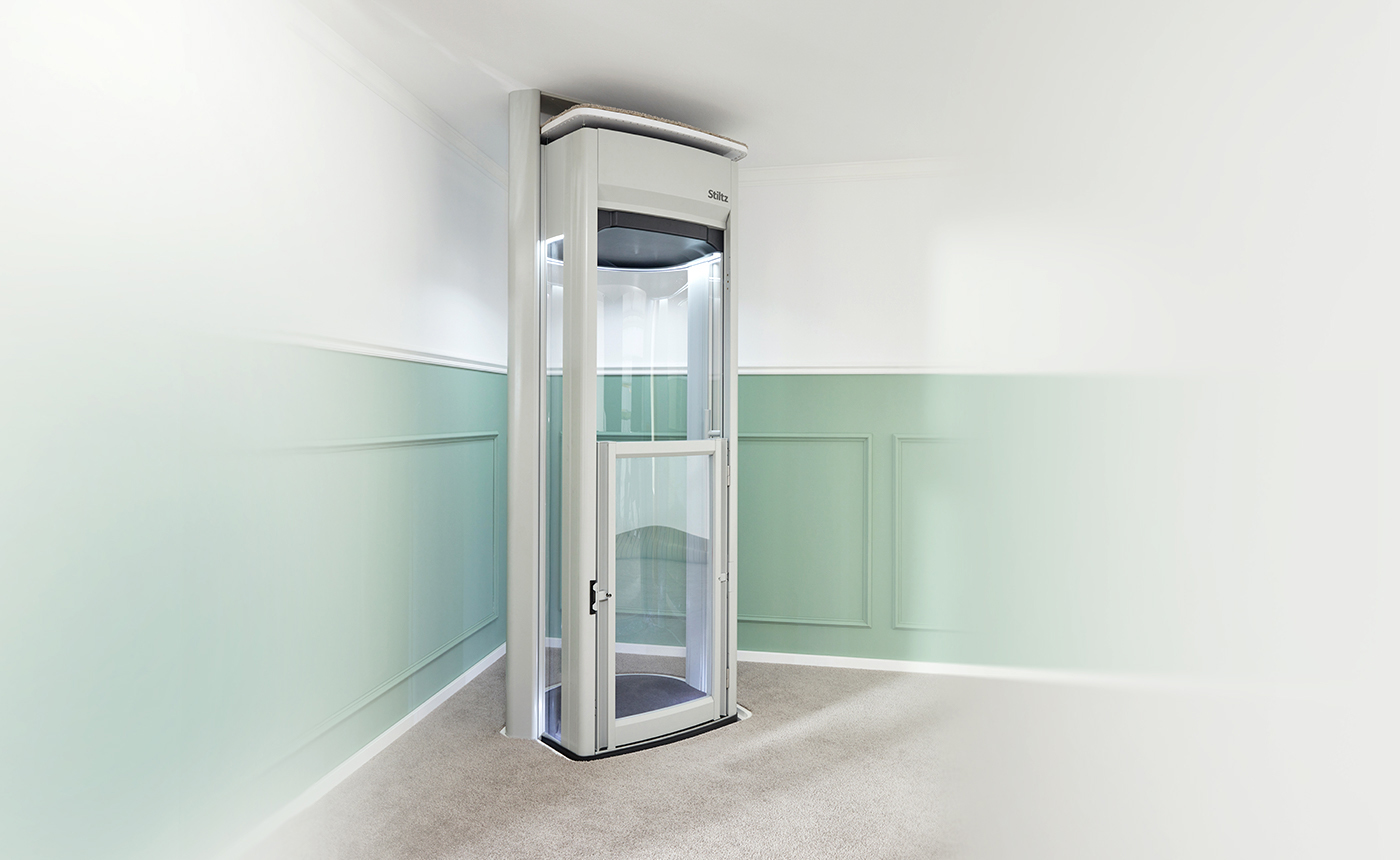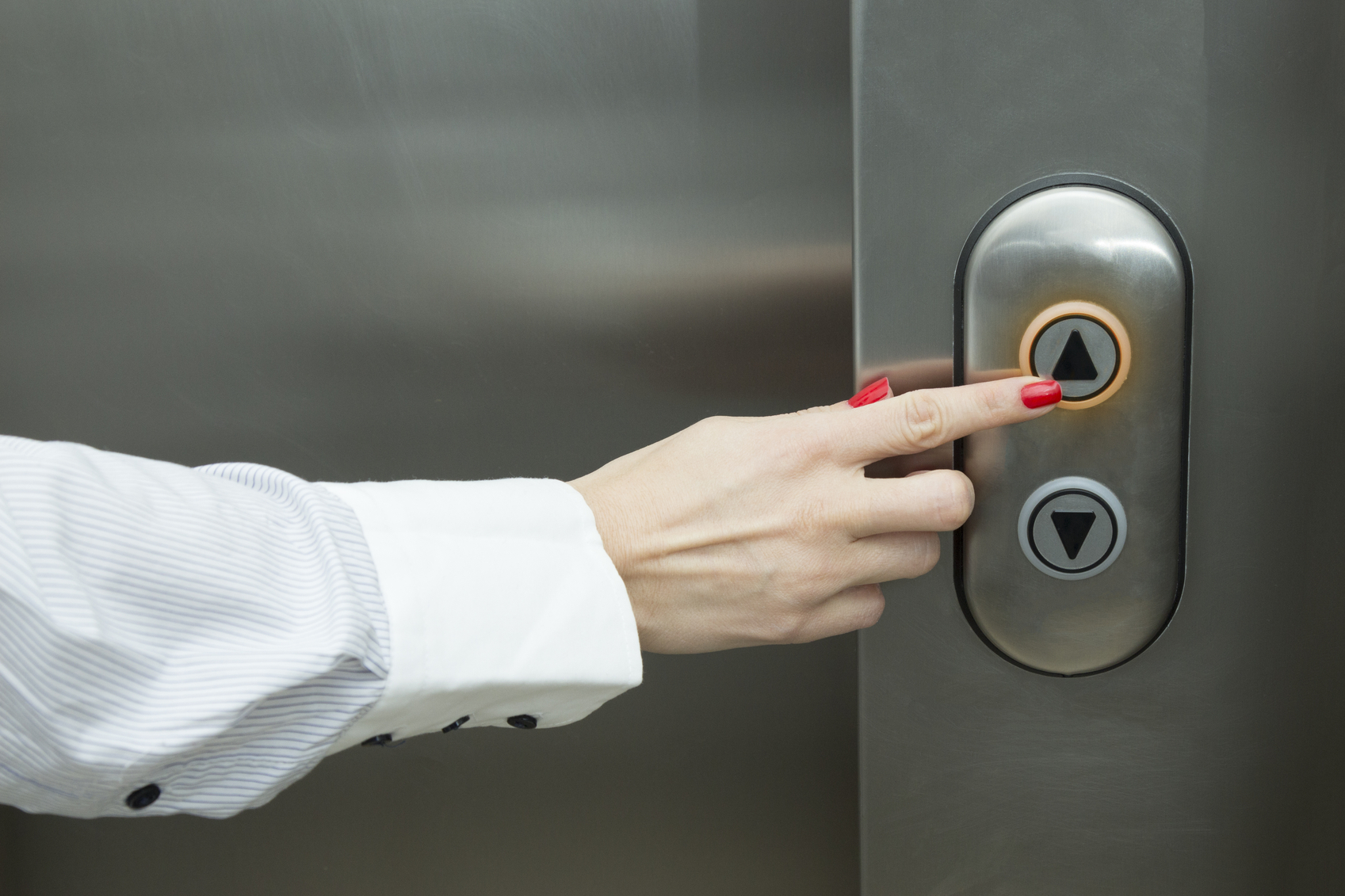Leading Lift Companies in London: Delivering Exceptional Service and Assistance
Leading Lift Companies in London: Delivering Exceptional Service and Assistance
Blog Article
Exploring the World of Elevators: Typical Problems Faced by Different Lift Systems
As we browse through the vertical transport systems of modern-day buildings, lifts attract attention as an essential element of our daily lives. Nevertheless, behind their seamless operation lies a world of elaborate devices that can sometimes encounter difficulties. From hydraulic elevators to traction systems and machine-room-less designs, each lift kind comes with its set of usual concerns. Understanding these difficulties is critical for making sure the smooth performance of these crucial systems. Let's discover the intricacies that underlie the procedure of lifts and the possible issues that can emerge, dropping light on the intricate web of lift mechanisms.
Hydraulic Lifts
Hydraulic elevators, commonly liked for low-rise structures, utilize fluid stress to control the activity of the lift vehicle (lift repair companies). This device entails a hydraulic pump pressing oil right into a cylinder, creating the elevator to relocate the wanted direction. While hydraulic elevators are understood for their smooth and peaceful procedure, they do come with their own set of usual concerns
One widespread trouble with hydraulic elevators is oil leak. In addition, concerns with the control system, such as damaged shutoffs or a malfunctioning pump, can trigger disruptions in the lift's activity.
Regular upkeep and punctual repair services are vital to make sure the smooth performance of hydraulic lifts. By dealing with these typical issues proactively, structure proprietors can minimize downtime and ensure the safety and security and effectiveness of their upright transportation system.
Grip Lifts
When considering vertical transport systems in buildings, one more common type apart from hydraulic lifts is the grip elevator. Grip elevators run making use of a system of ropes and counterweights that relocate the lift car by clutching onto the hoist ropes. This device permits smoother and quicker vertical transportation compared to hydraulic systems.
Among the typical issues encountered by grip lifts is rope wear. The consistent motion of the ropes within the grip system can result in damage in time, possibly triggering the lift to breakdown or become hazardous for usage. Regular assessments and upkeep of the ropes are important to make certain the lift's proper performance and safety and security.
Another concern that grip lifts may come across is associated with the control system. Troubles with the control system can bring about concerns such as unpredictable movement, hold-ups in reaction times, or also full closures. Regular testing and upkeep of the control system are essential to stop such issues and ensure the elevator's dependability.
Machine-Room-Less (MRL) Lifts

Among the vital components of MRL lifts is the compact gearless grip machine that is mounted within the hoistway. This machine successfully drives the elevator vehicle without the demand for cumbersome tools located in traditional grip lifts. Furthermore, MRL lifts commonly make use of a weight system to stabilize the car, further boosting their power effectiveness.
Despite their advantages, MRL elevators may deal with challenges associated with maintenance and repair work as a result of the restricted room for devices installation. Access for servicing components within the shaft can be restricted, calling for specialized training for specialists. Proper upkeep timetables and regular evaluations are important to guarantee the ongoing smooth operation of MRL elevators.
Overloading and Weight Limit Issues
Are elevators furnished to deal with excess weight lots effectively and securely? Overwhelming and weight limitation concerns are crucial problems in lift operations. Elevator suppliers design raises with details weight abilities to make certain traveler security and devices longevity. Surpassing these weight restrictions can lead to various problems, including mechanical failings, delays, and safety and security risks.
When elevators are strained, it places too much pressure lift repair near me on the electric motor, wires, and various other elements, potentially causing breakdowns or breakdowns. Safety and security devices such as sensors and overload sensors remain in area to avoid elevators from moving if they spot excess weight. In addition, surpassing weight limits can bring about raised energy consumption and damage on the lift system.
To reduce straining problems, developing managers need to prominently display weight limitations in elevators and enlighten residents on the importance of sticking to these restrictions - lift repair companies. Normal maintenance checks by certified professionals can likewise help ensure we maintain lifts that lifts are operating within risk-free weight parameters. By resolving overloading and weight limitation concerns proactively, building proprietors can enhance lift safety and effectiveness
Electric System Failures
Going beyond weight restrictions in lifts can not just lead to mechanical issues but also potentially contribute to electrical system failures within the lift infrastructure. Electrical system failures are a vital worry in lift procedure, as they can cause unanticipated closures, breakdowns, or even safety and security risks.
Regular upkeep and assessments are essential to identify and attend to prospective electric problems promptly, making sure the effective and safe operation of lift systems. By adhering to weight limits and carrying out routine electrical system checks, structure owners can minimize the danger of electrical failures in lifts.
Final Thought

Hydraulic lifts, typically chosen for lift companies in London low-rise structures, use fluid pressure to regulate the motion of the lift cars and truck.When thinking about vertical transport systems in buildings, an additional common kind aside from hydraulic lifts is the traction lift. Traction lifts operate making use of a system of ropes and counterweights that relocate the elevator car by grasping onto the hoist ropes. Unlike conventional lifts that need a different device area to house the devices, MRL lifts integrate many of the components within the shaft, getting rid of the need for a specialized machine space.In conclusion, elevators encounter common problems such as hydraulic breakdowns, traction system failings, and electric system problems.
Report this page